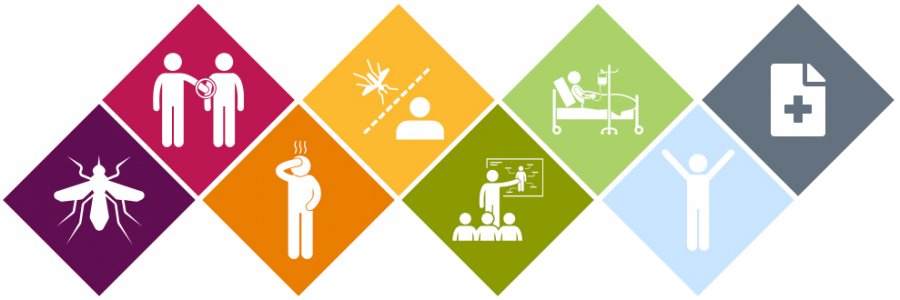
PHOTO : Saberesunderecho
Man has always given huge importance to the development of medical science. As accident, disease, natural disaster or any other cause of injury or death usually seeks remedy in medical science. It has progressed too, and immensely, for that matter. Perhaps no other science has grown as much as the science of cure. Personally, I don’t think that any science may hold as much importance as this. The question is, in spite of so much progress, why do we still have a natural disaster that, in Bill Gate’s opinion, can kill 10 million or more people all at the same time.
Epidemic. In our general understanding of the term natural disaster, we always include floods, droughts, earthquakes, landslides, etc. but we almost never consider epidemic to be one. On the contrary, the largest natural disaster recorded is an epidemic. It is known as the Spanish flu. Starting from January 1918 and going up to December 1920, it was also the first of the two pandemics, that is, epidemics spreading across continents, which involved H1N1 influenza virus. It killed at least 50 million. In short, man has always been threatened by epidemics.
Epidemic is obviously a natural disaster as no man-made factors can be attributed to it. It is the rapid spreading of an infectious disease. Some of the well-known ones are cholera, small pox, typhoid, tuberculosis and swine flu. Nipah Virus was detected in a child in May, this year, in Kerala. An epidemic maybe foreseen early enough but being infectious it just keeps spreading. Often these diseases are air-borne or water-borne. So, before you can detect it in person, he or she might have spread it to another ten or fifteen people.
But how do we prevent epidemics? First of all, they are spread to a large section of the population in a very short time, about two weeks or less. It is not easy to control the situation at such a short notice. To control an epidemic, we have to isolate the person suffering from it. However, in certain cases we find that it is the hospital where the disease spreads highest. Consider what happened in Kerala during the outbreak of Nipah virus. Other than the first affected family, all the other cases happened in the hospital.
Clearly, in India, standards to prevent an epidemic or stop it early are not followed. Because in Siliguri in 2001, 45 people died within weeks of outbreak of influenza and among them, 30 were either health workers or casual visitors to the hospital. A hospital is after all meant to cure illness and save lives. How is it that it is becoming a centre of further spreading of illness? Such things are not seen happening in more developed countries.
Also, if an epidemic starts in a village or an undeveloped area, it is likely to be very late before it is properly detected. In such a case, the people of that area will spread it throughout the state and perhaps other states as well. This is the twenty-first century and people are still dying of cholera and typhoid in our country!
Epidemics have been happening for centuries but it is about time that we try to prevent them and mitigate the losses caused by them. It is still rather under-rated among natural disasters but as we can see in the world over, their intensity is decreasing. But we need to ask ourselves whether our country is still in a position to face such a situation in such a way that the losses can be minimized. For instance, better health care centers should be built in cities and even in smaller towns and villages. Here the staff must be given directions to follow all the international standards while isolating and taking care of an epidemic victim.
Especial care taken by the government about the general health of our population can save us from huge epidemics in future. Or we will be able turn it into a less dangerous enemy. Later, we might also defeat this great natural disaster, which will certainly be a huge leap forward for the humanity.

Author Bio : Ananya Aloke , 14 years old girl from Virar, India.A participant of International Essay Competition , December,2018.

